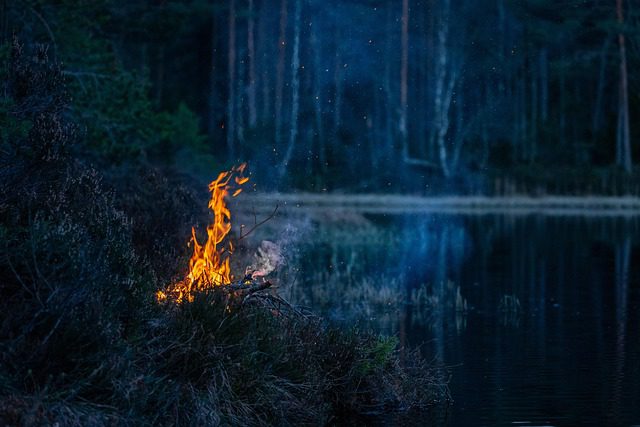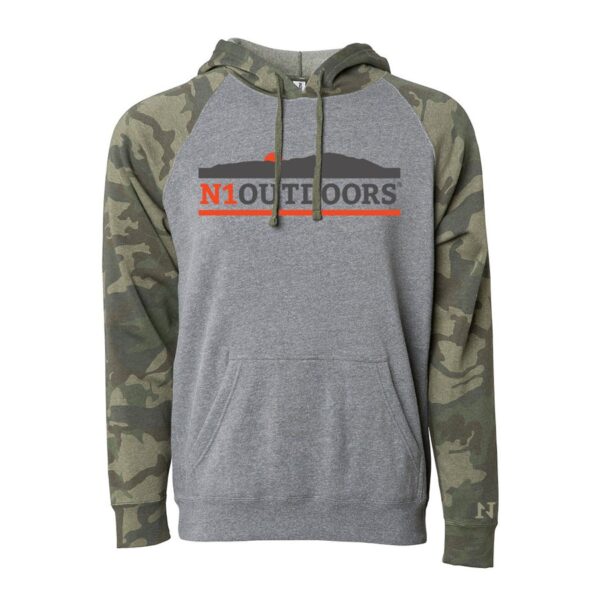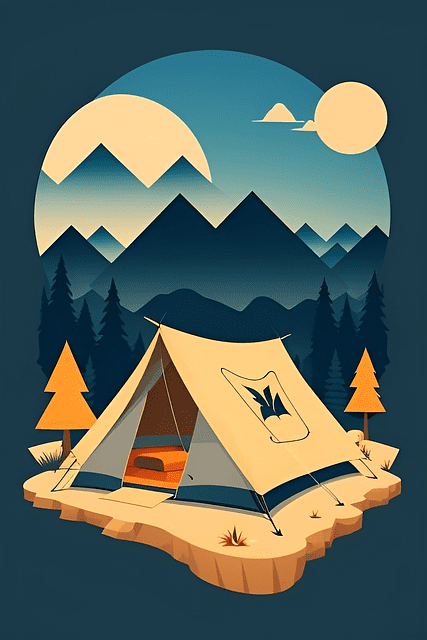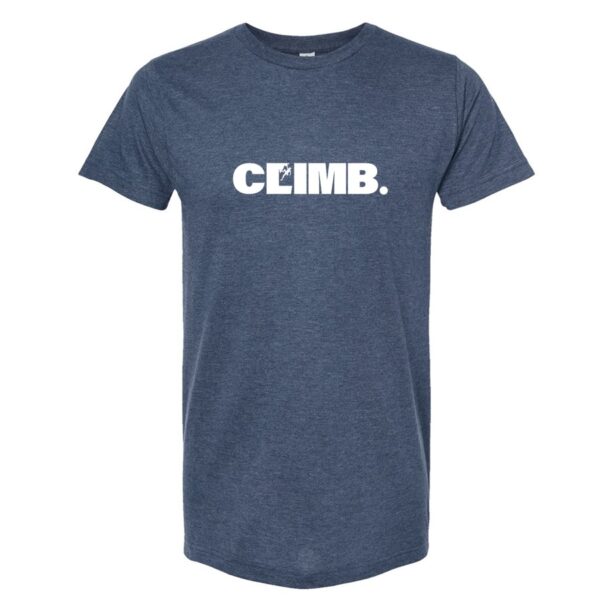Some Americans are use winter to ponder their next camping getaway. To escape the cold weather, but also enjoy the great outdoors, one of the most compelling options within the US is undoubtedly Florida. The Sunshine State of sun-drenched coastlines, fertile wetlands, beautiful springs and luscious pine forests, all blend together to provide variety and natural beauty, and of course, warmer weather.
For those looking for a Florida camping destination, some may opt to pitch their tent in the northern panhandle region or hook up their RV in the famous Florida Keys.
The below guide serves as a primer for practical insights into the state of Florida, with a focus on timing your camping trip, essential gear to bring, options for pet-friendly campsites and things to consider when camping in the Sunshine State.
So, without further ado, let’s dive in and get you primed for the adventure!
Florida Camping – Optimal Times And Seasons

According to Modern Campground, in 2024, 81 million Americans camped in the United States. Meanwhile, Florida welcomes over 6 million campers and RVs each year, according to the Florida Association of RV Parks & Campgrounds.
While a popular camping destination, it’s a good idea to consider how weather can affect your trip, as the microclimates of Florida can shift suddenly and subtly, depending on the time of year.
- Spring (March–May): Warm but bearable, as Spring is ideal water-based fun and has fewer insects.
- Summer (June–August): Beware: it is hot, humid and with periodic storms during the peak of hurricane season. If you are determined to camp in the Summer, prioritize morning activities and seek shaded areas during the heat of the day.
- Fall (September–November): As much of the Summer tourism tails off, not only are there fewer crowds, but the prices can fall as well. However, please note the hurricane risk that persists at times into November, so be sure to check weather forecasts in advance.
- Winter (December–February): Winters in Florida are generally mild and dry, particularly in the central and southern parts of Florida. Winter is a favored time for snowbirds, so campgrounds fill quickly, and rates can be higher.
-
N1 Outdoors® Mountain Colors Tee (Various Colors)
Price range: $24.99 through $28.99 -
N1 Outdoors® “Lumber Mountain” Tee (Various Colors)
$9.00 -
N1 Outdoors® “Sunset Mountain” Pullover Hoodie
$34.00
Best Places To Camp In Florida With Your Pet

Pet ownership is surging, with many Americans now taking their dog (or other friendly critter) along on camping trips. Luckily, Florida has numerous options, with a focus on pet-friendly campgrounds.
The following are some important tips and hints when camping with your pet in Florida:
- Check out BringFido’s directory of pet-friendly campgrounds in Florida; here you can locate fee-free pet sites, large dog allowances and whether multiple pets are permitted.
- Looking at the Sarasota area, you’ll certainly uncover a ton of great options for pets, with Oscar Scherer State Park and Fort De Soto Campground that are particularly great for dogs.
- Think ahead: Be aware of the local pet services for emergencies. If your pet were to have an accident or sudden illness, it’s good to know where to head to. For example, you could search before you leave for a low cost emergency veterinarian service in Gainesville, Florida, if indeed you’re camping in the north-central region.
- At the reservation stage, assess whether pets are permitted in tent-sites / cabins / RV sites. Often, leash length restrictions apply (typically 6 ft), while pets on some sites are restricted from common areas and swimming zones.
- Be sure to stock up on pet-specific gear (e.g., leash, mat, water bowl, waste bags) and decide on a nearby vet service (all for your peace of mind). For example, UrgentVet veterinary urgent care for pets is a vital resource for unanticipated pet health problems.
Essential Gear – What Should I Pack?
When camping, comfort is everything. In Florida, the climate and differences in camping will decide what gear you’ll need:
- Shelter and bedding considerations: A tent or RV equipped for heat and humidity, with breathable fabrics and adequate ventilation.
- Sun protection gear: Bring a wide-brimmed hat, high-SPF sunscreen, and consider UV-filter sunglasses to protect your eyes from the intense sunshine.
- Insect and pest protection: Bring plenty of insect repellent, consider long-sleeve shirts and pack plenty of citronella candles or incense.
- Rain and storm preparedness: A waterproof tarp or canopy can come in useful in so many ways, alongside additional stakes, bags to hold soaked garments (due to the likleyhood of sudden storms).
- Hydration: For Summer camping trips, remember to bring plenty of water, a reusable bottle and a portable fan.
- Navigation and continuity: Remember offline maps, a flashlight and/or headlamp, a power bank and a solar charger (if camping in a remote area).
- Camp kitchen: A stove is essential (fire rings are often banned), and consider bringing grilling gear, a cooler and plenty of utensils.
- Safety gear: Critical: bring a first-aid kit (for you and your pet), read up on local wildlife hazards (e.g., alligators or snakes).
Practical campground & safety tips

The following are some practical tips to make your camping experience in Florida as smooth and safe as feasibly possible.
- Arrive as early as possible, as good campsites at popular parks fill fast, particularly on holiday weekends and peak seasons.
- Read the explicit rules of your chosen campground, as some parks ban campfires during dry episodes, restrict pets in specific zones and demand quiet hours.
- Monitor weather and alerts, as Florida’s afternoon thunderstorms are frequent in Summer. And due to the threat of hurricanes, be sure to have evacuation plans ahead of time.
- Respect wildlife and all surroundings. Keep your food secured, try to ”leave no trace,” and keep a safe distance away from alligators, snakes and other wildlife.
- Determine your site discerningly. Pick ”shaded” areas if you anticipate high heat. Camp close to water if you want to kayak or swim.
- For pets, keep them on a short leash and never leave them unattended. Make sure to carry waste bags and avoid letting them wander in wildlife zones.
- Consider the timing of certain activities. Early mornings and late afternoons are obviously optimal for hiking, paddling and water sports, in order to avoid heat or insects.
- Operate campfires responsibly, only in designated rings, following local bans and extinguishing thoroughly before sleep.
- Booking and cancellation: Numerous Florida state parks incorporate a utility or reservation fee, so read the regulations on how far beforehand you can book (or cancel).
Now, Head To The Sunshine State!
Hopefully, this guide has provided you with helpful information to consider before packing up for a Florida camping adventure. It’s a big state with lots of outdoor adventure opportunities, so be sure to plan well, be safe and have fun in the great outdoors of Florida!





























